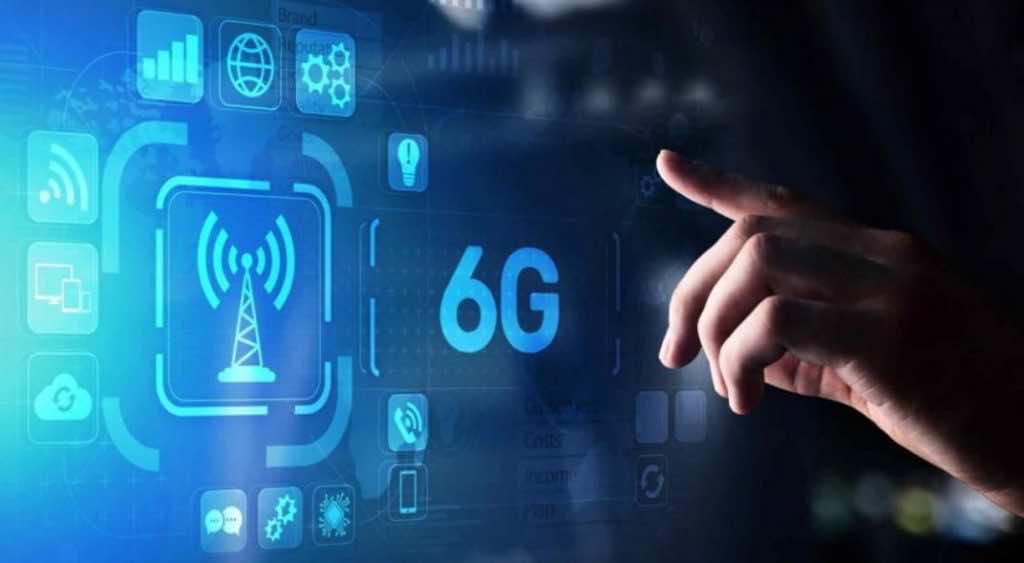We haven’t even fully transitioned into 5G and Samsung is already looking at the future. I guess when there are so many manufacturers in the market, you have to constantly innovate or else you get left behind. 6G is already being worked on and Samsung has now unveiled its first 6G prototype to the world. The prototype was using terahertz or THz frequencies.
6G is even faster than 5G with faster data rates and lower latencies. It is expected to be around 50 times faster than 5G which was already a significant upgrade from 4G and most people haven’t even used 5G yet. At least I haven’t (sad emoji). Latency is expected to decrease to just one-tenth of that of 5G. This means that we just have 8K video streaming or even 8K game streaming supported by 6G in the future. The applications are immense but we’ll have to wait for 5G to become commonplace.
6G will tap into the terahertz frequency spectrum that was as of yet utilized as 5G could only operate at frequencies of about 40 GHz. 6G plans to push that beyond 100 GHz. This new technology also means a big boost to bandwidth as well, which for 5G is around 400 MHz. The prototype was revealed and demonstrated at the IEEE International Conference on Communications 2021.
The prototype Samsung showed was demonstrated by a team of researchers at Samsung and the University of California, Santa Barbara. They demonstrated that the prototype with a 140 GHz frequency and a bandwidth of 2 GHz could transmit data at rates up to 6.2 Gbps over a distance of 15m or 4 feet. This is an achievement considering that the highest data rate possible by 5G was reported to be 5.23 Gbps that was with help of some 4G frequencies as well.
The number isn’t that high to show the true potential of 6G. Tapping into the terahertz frequency range means that 6G at its peak could be able to transfer data at rates of up to 1 Tbps or 1000 Gbps. That’s a lot of information flying around. This means that you download the entire library of Netflix in a few hours. Take Netflix and chill to the next level.
The prototype system consisted of a phased array transmitter with 16 channels, receiver modules, and a baseband unit that processes signals and helps direct the beam towards the receiver. While 6G may sound exciting we haven’t even fully transitioned into 5G as of yet. So don’t expect 6G before sometime around 2030.

